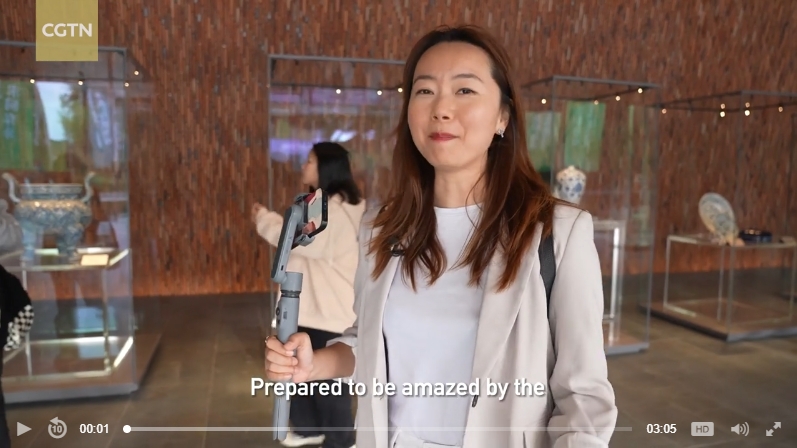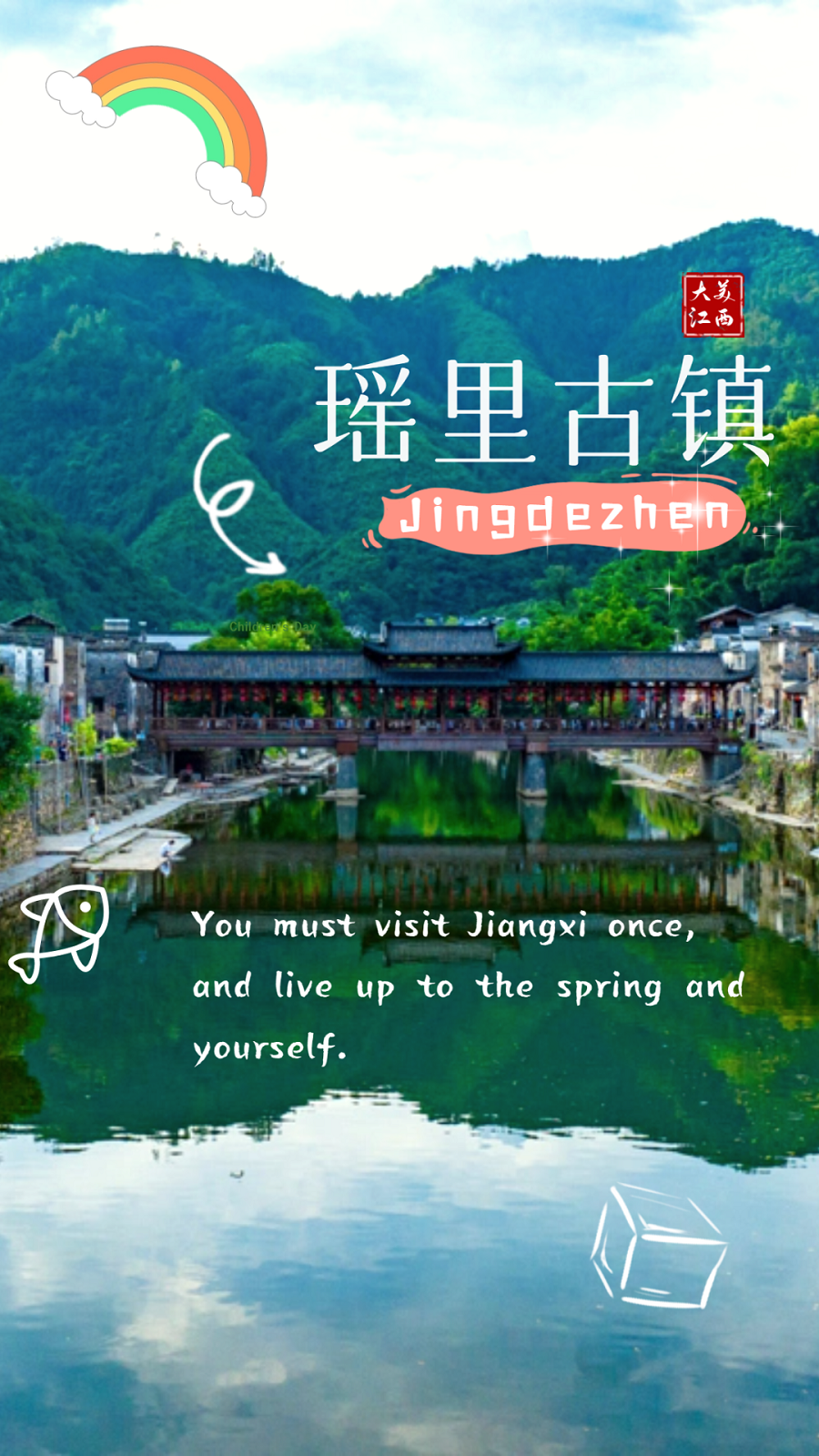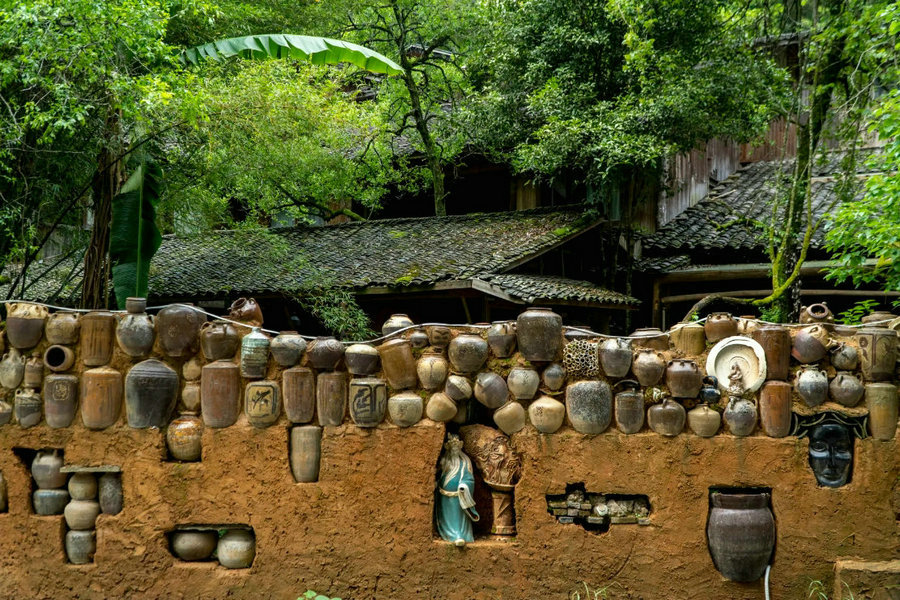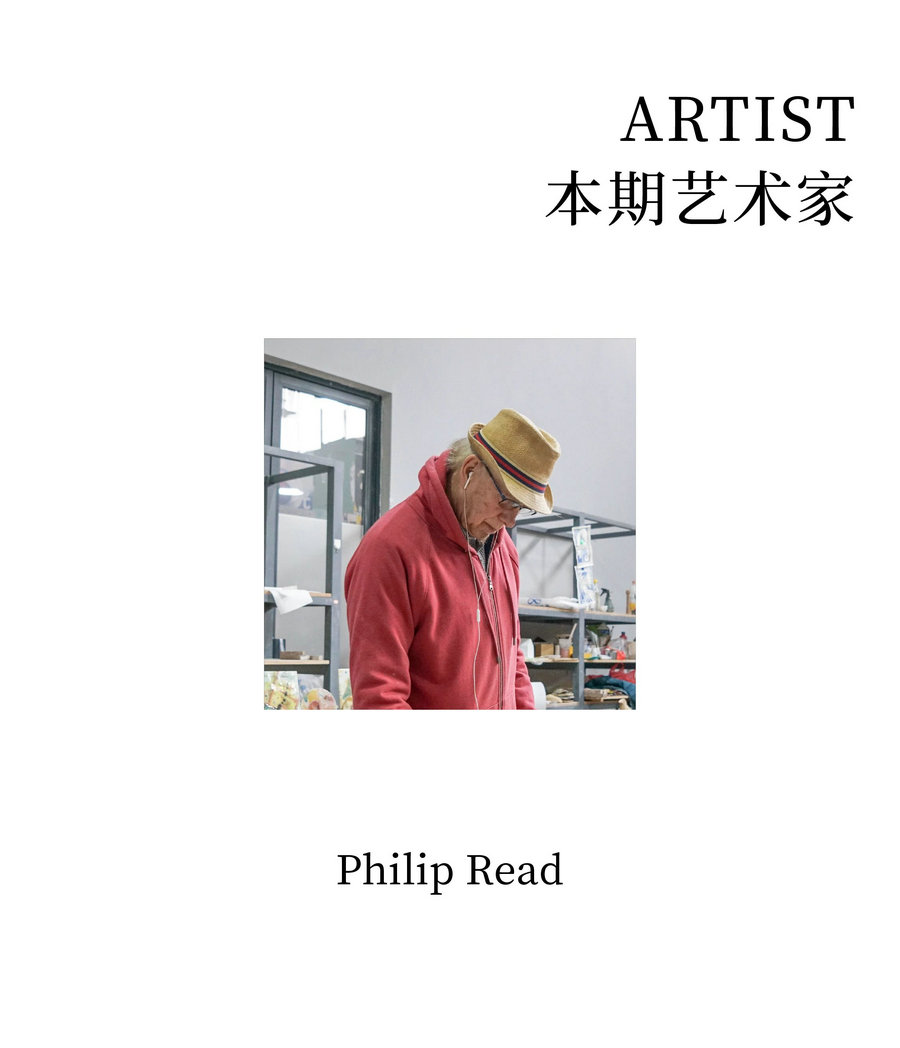
Philip was born in London, England and currently has studios in both New York City and Jingdezhen. His artwork is collected in many museums and private collections. Phil has exhibited in USA, Canada, China, Italy, Paris Fance, and Taiwan China.
In Carl Jung's psychoanalytic theory, human mental consciousness is divided into three layers: conscious, subconscious and unconscious. The unconscious part refers to our thoughts, experiences and ancestral memories, which usually do not enter the conscious level at all. The subconscious is the barrier between the conscious and the unconscious, and Phil combines the aesthetics, concepts and philosophies of Eastern and Western art into his distinctive "fusion" style of painting on ceramics, canvas and paper. With a degree in Chemical Engineering and a concentration in Microbiology, Philip uses global cultural symbols to create stories and poetic narratives in his colour field clouds. His Celtic ancestry inspired his journey into the unconscious mind.
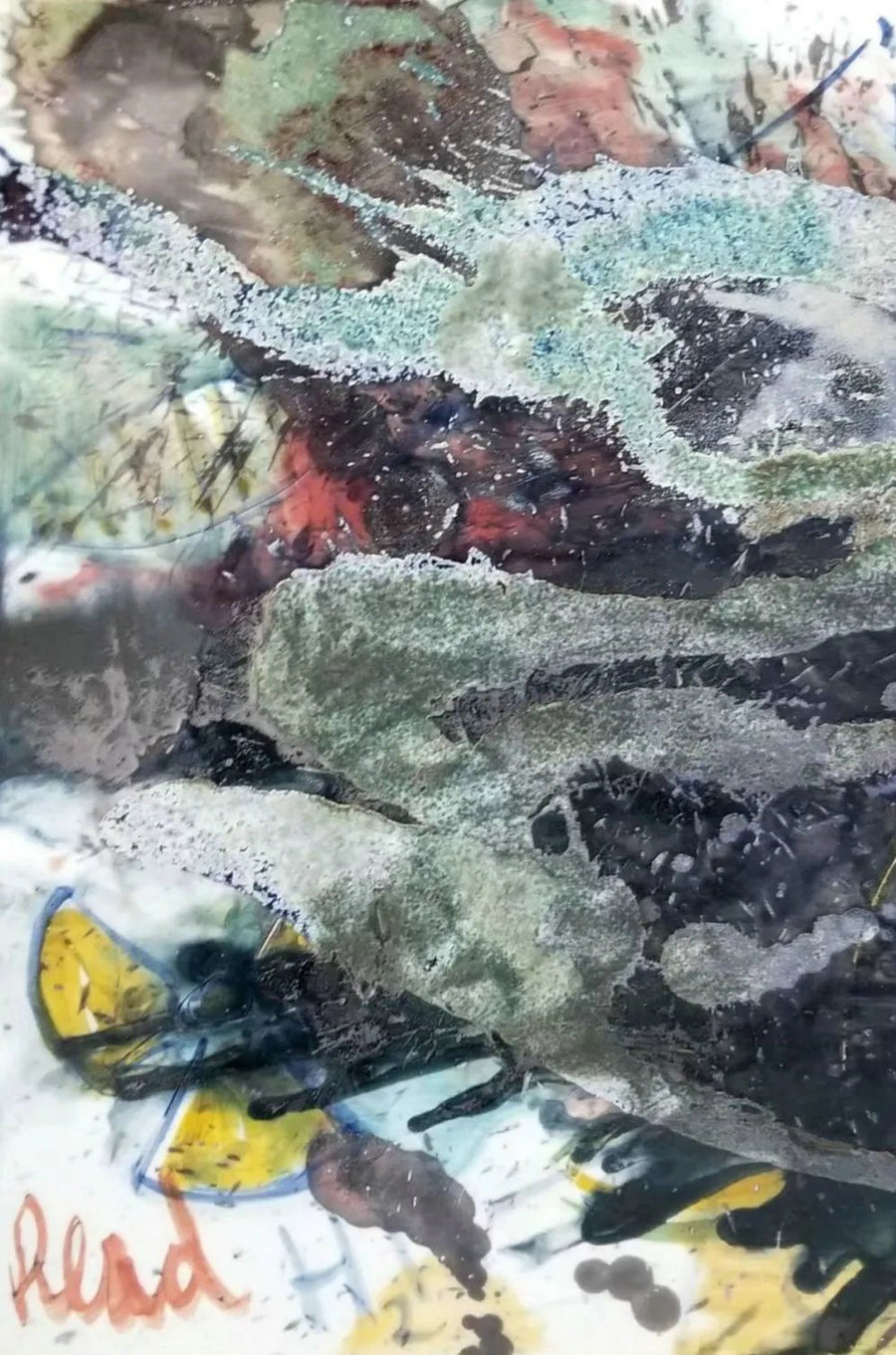
Our unconscious mind is made up of a collection of knowledge and imagery that every person is born with and is shared by all human beings due to ancestral experience. The distinction between signs and symbols shows the archetypal response from the unconscious. While signs always have fixed meanings, symbols have indefinite expressions with many meanings, pointing to things which are not easily defined and therefore not fully known. Symbols have existed in every culture throughout human history (2 million years).
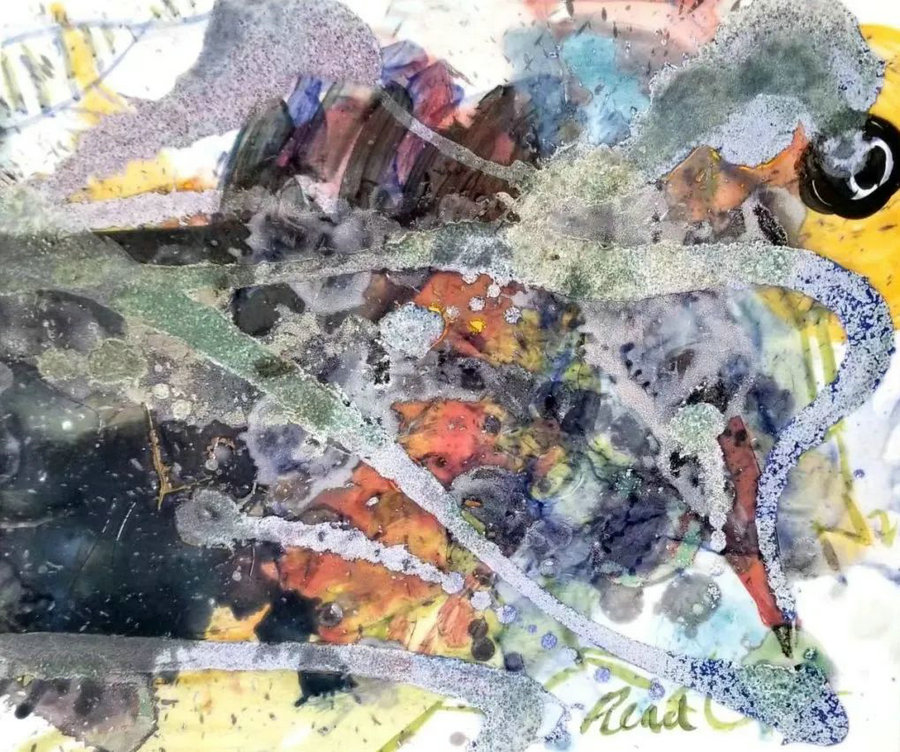
Body (conscious): the 5 senses. see, touch, hear, smell, taste. It is the physical application of the creative process. The body has no emotion or spirit. The body is a physical instrument of application, it has no personality. All our emotions and personality is borne within our subconscious and unconscious mind. Therefore, the limitations of our imagination are restrictions of our subconscious mind.
Mind (subconscious): The subconscious mind connects between the body and the unconscious and is responsible for our designs, thinking, and compositions. It is finite and links the Body to the Soul. Defines all reactions and automatic actions we can become aware of if we think about them. The mind (subconscious) share the bits of both the conscious and unconscious routes of information processing in the journey of creativity.
Soul (unconscious): Terms that we use to describe the concept of the unconscious mind includes spirit, chi, imagination, unlimited, infinite without borders, wisdom, DeJa’Vu, the oceans, the forests, etc. The unconscious process of creativity exists beneath the surface of our conscious awareness and is thought to exert an effect on our conscious thought processes and behaviour.
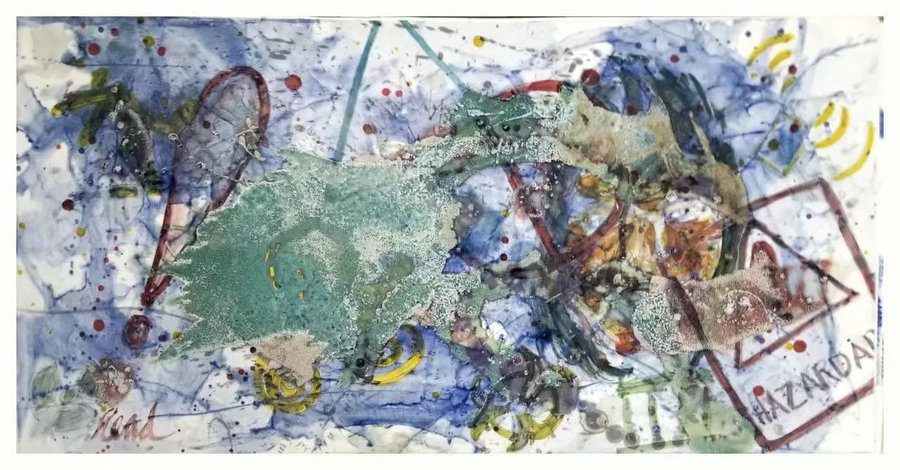
This exhibition of paintings are mirrors into his opinions and philosophy on the Infinite imagination of the unconscious mind and the creative process. His ancestral DNA is Celtic, and he practice a spiritual philosophy with Jungian psychology. His Symbolic quest is the search for our collective ancestral history using symbols, archetypes, dreams and the Collective Unconscious.
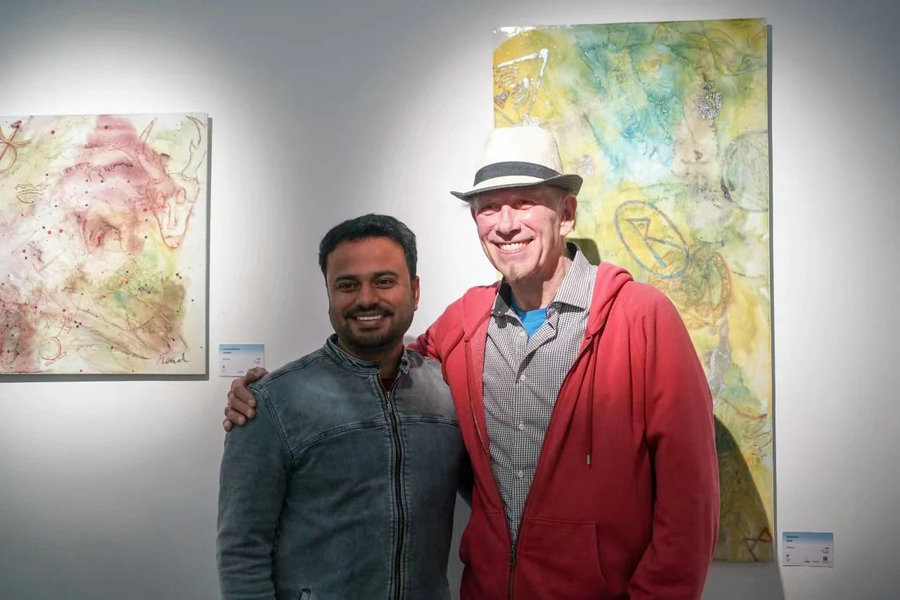
Concept: Our imagination is infinite and beyond our comprehension like our universe in the night sky. Our unconscious is infinite and boundless space. Planet earth is our conscious realm whereas the Unconscious and subconscious realms far exceed our earthly physical restraints. We have lost the understanding of many of our cultural and universal symbols but, Philip suggests, that all that information is still contained in our collective unconscious. If we have belief in the infinite unconscious mind, then we can access the boundless source of all human knowledge. The concept of this exhibition is to create him paintings in 4D (length, width, depth, time). They are symbolic narratives, without words, in abstract colour fields and dreamscapes. It is thought that there may be up to 10 different dimensions in the human experience and Albert Einstein professed that ‘time’ was one of them. He also represent the 4th dimension as ‘time’ using symbols from different cultures throughout the history of human life on this planet, approximately 2-4 million years. He continues to research symbol from various cultures such as Celtic, Chinese, Egyptian, Mayan, Greek, Indigenous peoples of the Americas, Mesopotamia, Sumerian, Roman, global cave drawings, ancient star charts, etc. These symbols are narratives of a primitive symbolic language (1.8million years) that existed before the development of the spoken language (180,000yrs ago). The symbols represent a journey into our ancestral collective unconscious minds. Out of the frame and off the grid.
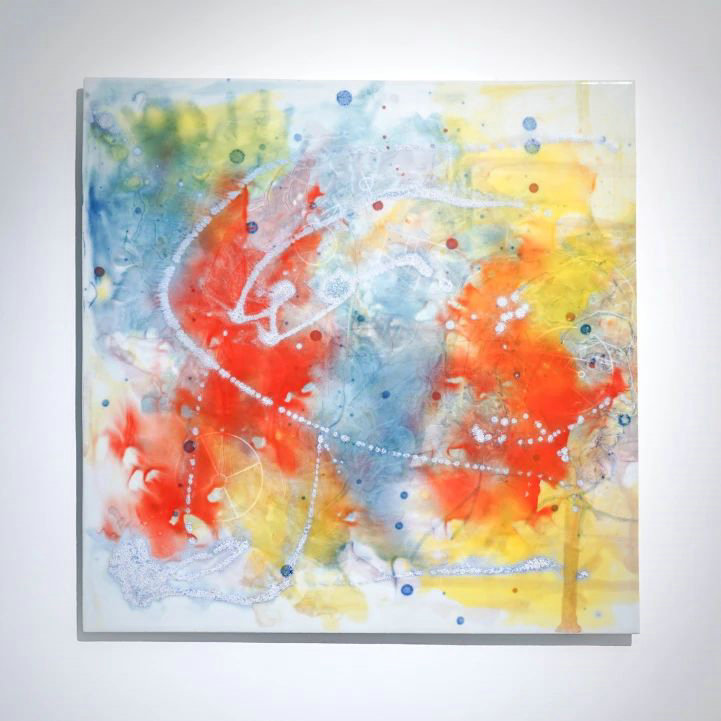
Our infinite imagination is limited by our subconscious self. Our unconscious contains all the myths and legends of our ancestral past, so Philip works with symbols instead of words. The word has limitations whereas symbols are Universal and contain language, stories and narratives beyond our conscious minds. The presentation of his work includes traditional framed wall pieces plus non-traditional presentations such as unframed, sculptured tiles, and double-sided painted tiles in a standing frame on plinth
Each of his paintings are symbolic narratives presenting stories of his symbolic quest in the creative process. The paintings of the universe are his interpretations of the unconscious imagination which is unlimited in our scope to comprehend its existence. The planet earth represents our conscious mind while the glow around the earth is the subconscious mind that acts like a buffer or membrane between our conscious and unconscious states of being.
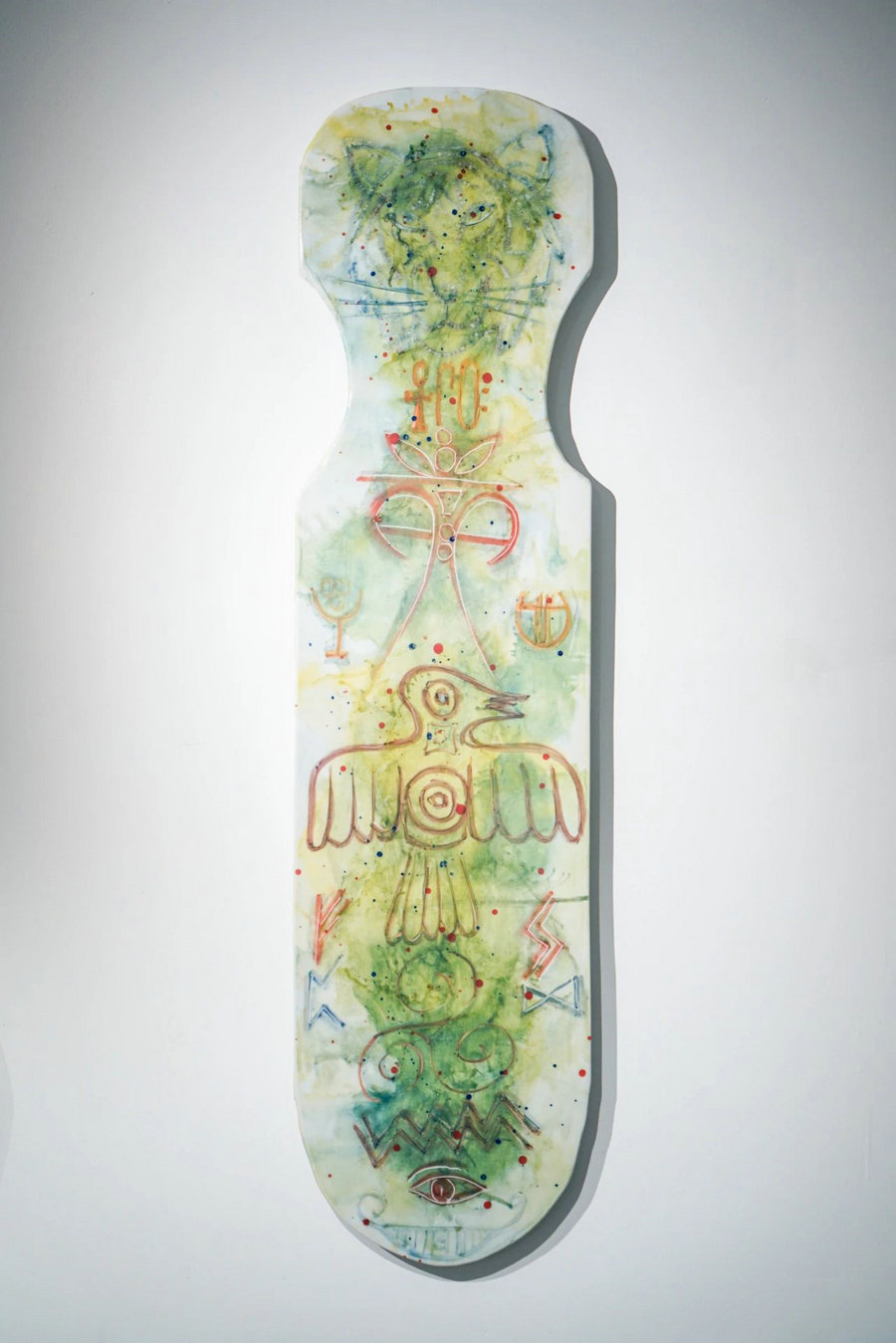
Technique:Multiple layers of symbols, figures, and abstract colour fields. (Apply, erase, hi-light, repeat). Work as spontaneous as possible to minimize the barriers of the conscious and subconscious mind (don’t think too much). Random symbols in clouds of floating colour fields as a poetic narrative. The more he thinks the less spontaneous is the process, so, He works as fast as I can with minimal thinking in a process of apply, erase, use multiple layers, and constantly repeat this process.
Philosophy and psychology:Philip study the philosophy and psychology of Carl Jung who likened the collective unconscious to a reservoir which stored all the experiences and knowledge of the human species. Jung also divided the human psyche into three parts. But in Jung’s view the unconscious was divided into the ego, the personal unconscious (subconscious), and the collective unconscious. To Jung, the ego is the conscious, the personal unconscious includes memories (both recalled and suppressed) and the collective unconscious holds our experiences as a species or knowledge that we are born with. Jung’s take on the belief in the subconscious and unconscious was inspired by his studies into Eastern philosophy and religion such as Buddhism and Hinduism.
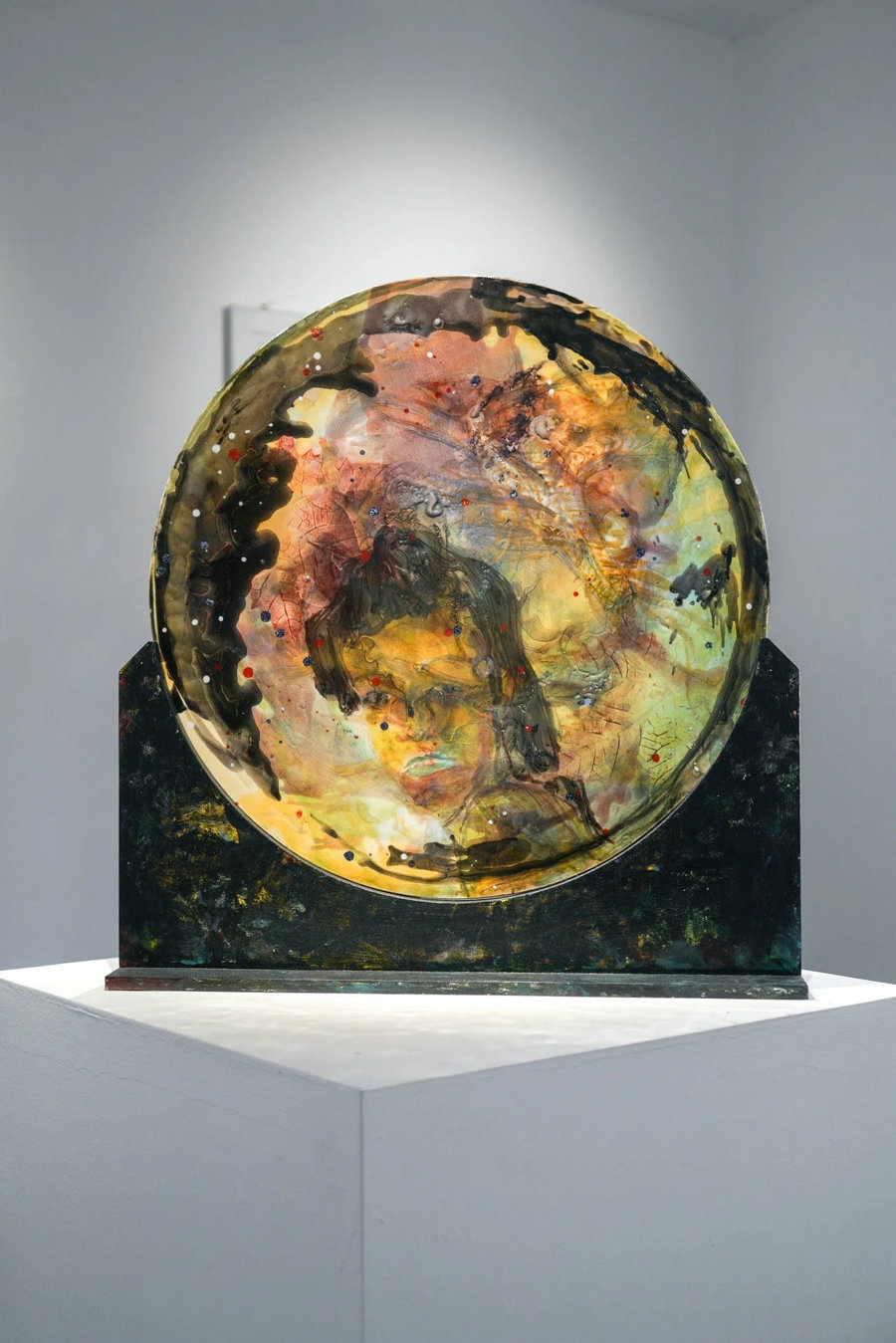
Our conscious mind limits our imagination. Our unconscious mind has infinite imagination. It contains all emotions, experiences, myths, and Legends, of our ancestral past. Deep into the unconscious mind we all share similar Ancestral experiences (collective unconscious). All humanity is a shared experience that goes beyond Language, culture and identity and dreams are mirrors into our subconscious. Philip works with Instinct, Intuition, Spontaneous, Chaos, and Harmony. He creates poetic narratives and stories that go beyond Language and culture. Thinking keeps him in the realm of the subconscious, so he channel his creative process into the depths of his unconscious. Deep in the infinite universe of time and space his dreams are more than random thoughts and mental noise.
来源:陶溪川文创街区
Source:Taoxichuan Ceramic Art Avenue
校对:唐婷玉
Proofread by: Tang Tingyu
编辑:黄乔珺
Edited by: Huang Qiaojun
复审:占妍
Reviewed by: Zhan Yan
终审:杨欢
Final Reviewed by: Yang Huan

